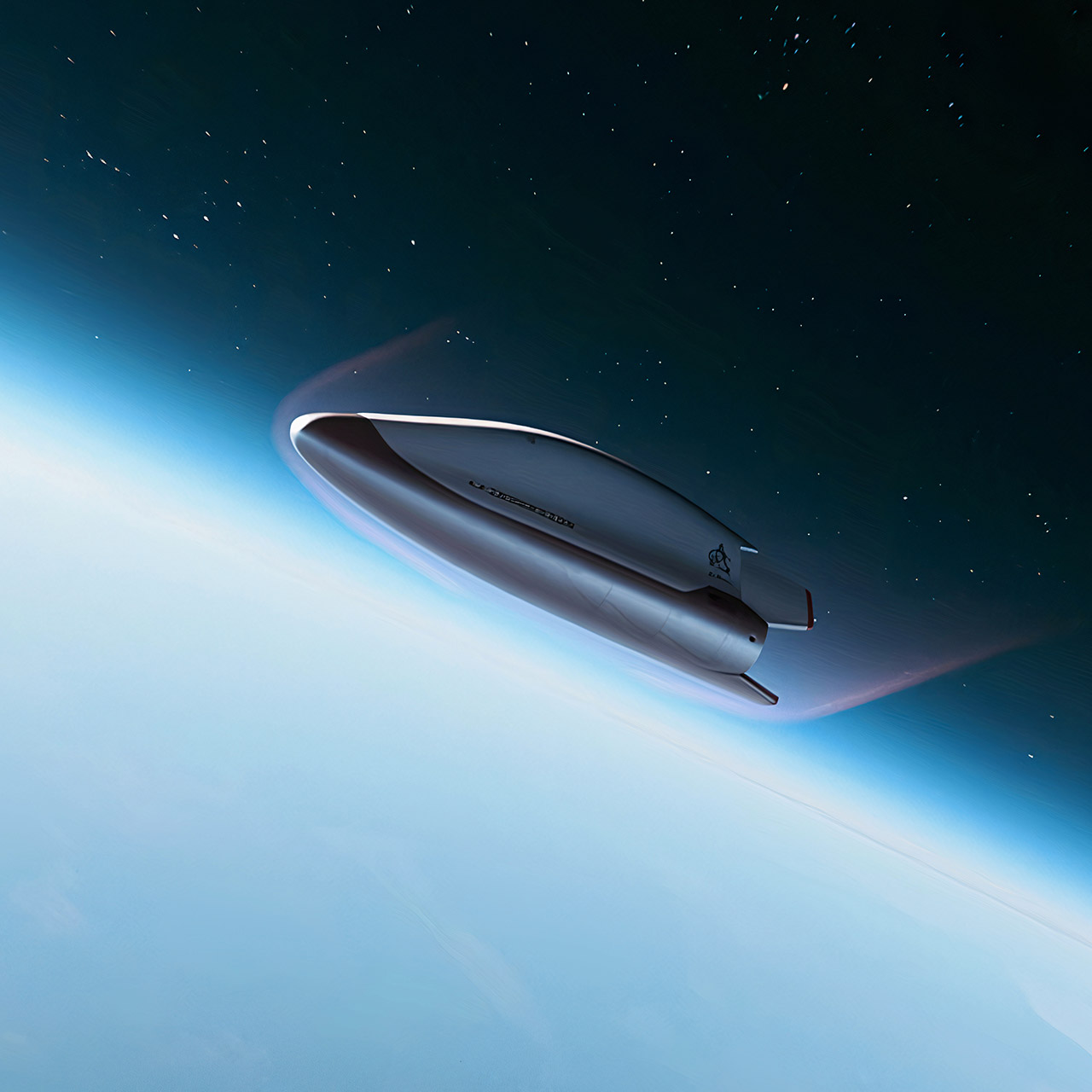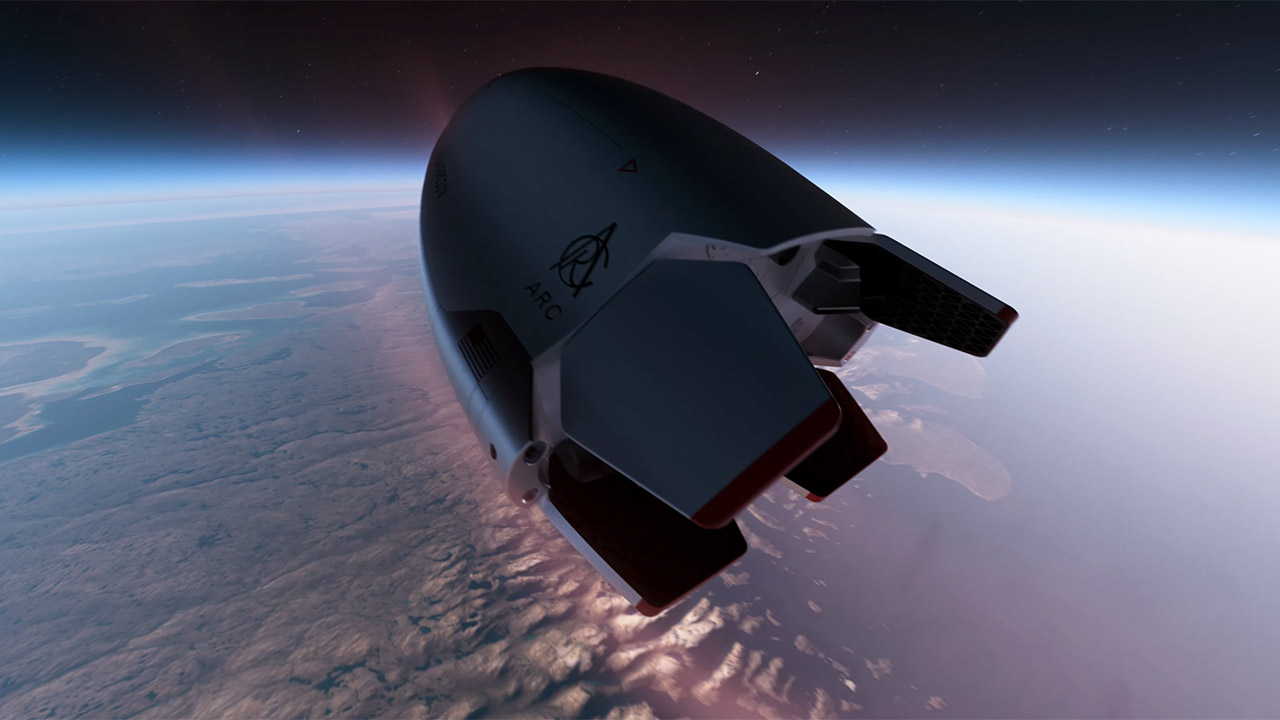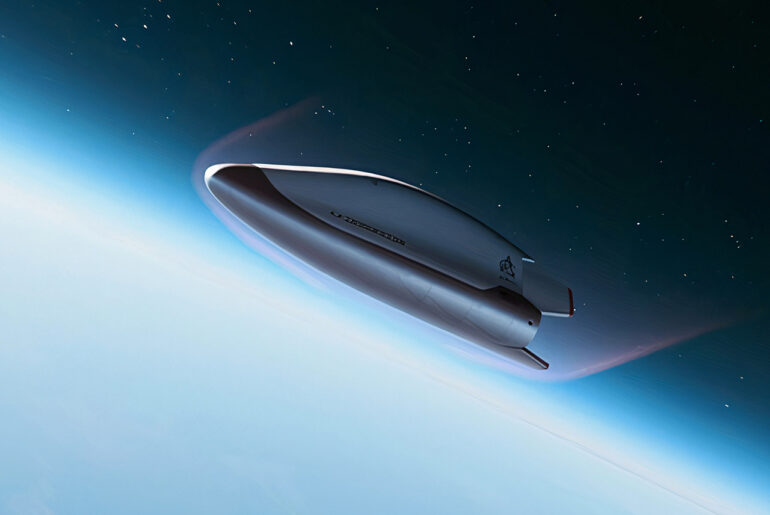
Inversion Space, a Long Beach, California-based startup, has recently unveiled its largest project to date. Founded in 2021 by a group of engineers who enjoy making orbital fantasies a reality, the company has been discreetly developing a machine dubbed Arc.
This is a miniature spaceship capable of delivering products from the edge of space to solid ground anywhere in the planet in record time. Arc, which is four feet wide and eight feet tall, resembles a metal capsule with miniature wings rather than the large rockets that launch from Cape Canaveral.
- 2 AVIATION LEGENDS, 1 BUILD – Recreate the iconic Boeing 747 and NASA Space Shuttle Enterprise with the LEGO Icons Shuttle Carrier Aircraft (10360)...
- DEPLOY LANDING GEAR – Turn the dial to extend the massive 18-wheel landing system on your airplane model, just like real flight operations
- AUTHENTIC FEATURES & DETAILS – Remove the tail cone, engines, and landing gear from the NASA shuttle and stow them in the cargo bay during flight
Inversion built Arc from the ground up with a small team of about 25 people handling every component in-house. The result is a hybrid design that takes the best of capsules and spaceplanes without committing to either. Foldable wings pop out after launch, giving it the glide of an airplane during descent, while a strong body withstands the heat of reentry. It can carry up to 500 pounds of payload, stored in a modular container that keeps everything secure during the long journey in orbit. Once loaded and lofted into low Earth orbit via a rideshare rocket from partners like SpaceX or Rocket Lab, Arc can sit there for up to 5 years if needed.

A deorbit engine burns just enough to kick Arc out of orbit, propelling it back towards Earth at speeds over Mach 20. Hypersonic flight sounds like science fiction, but Inversion’s team designed the aircraft with control flaps and attitude thrusters to guide it through the firestorm. As it slows, an automated parachute deploys to direct a precise landing on a runway – within 50 feet of the mark, even if the weather gets nasty. Over 100 airports globally could be landing points, turning dusty runways in remote outposts into rapid delivery hubs. From the moment the deorbit burn starts, the whole drop takes less than an hour, condensing what could take days by plane or ship into a swift, unmissable plummet.
Our first spacecraft, Ray, has completed its mission on-orbit – serving as an extremely successful testbed for validating key technologies despite not attempting re-entry due to an on-orbit short circuit in a component preventing our deorbit engine from igniting.
Throughout… pic.twitter.com/3hxvYZCjlU
— Inversion (@InversionSpace) May 1, 2025
This will require more than just blueprints, and Inversion intends to build hundreds of Arcs per year, clustering them into constellations that will cover the skies like an orbital fleet of taxis. By 2028, the business intends to have dozens of low-earth orbiting satellites that can be deployed on demand to cover the globe. Test flights begin next year, with full operations beginning in 2026; prototypes are currently on the ground, and a suborbital jump might occur as early as late 2025.










